This weekend, if you're in the mood for slapstick comedy, spend NT$220 and check out Chu Yen-ping's (
Two Birds with One Stone is a China-Taiwan co-production, with Chu's Yen-ping Films and the Beijing-based Time Films (
Starring the notorious TV host Jacky Wu (
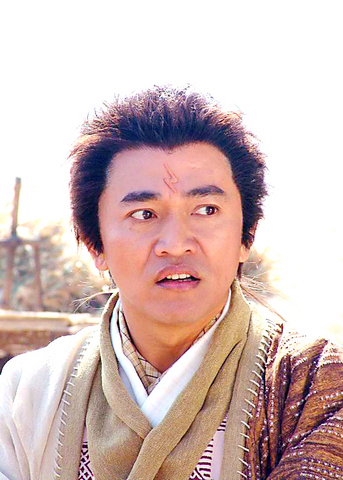
PHOTO COURTESY OF YEN-PING FILMS
The film is intentionally a parody and mocks some hit martial-arts movies of recent years, such as Zhang Yi-mou's (
Chu's films often insist on using poor taste to mock the classics and Two Birds with One Stone is no exception. But he seems to overdo this technique and forgets to tell a complete story. The only character that works is played by Wu in a convincing performance as a slacker who secretly adores the minister's daughter.
Behind the Palace, Beyond the Horizon (
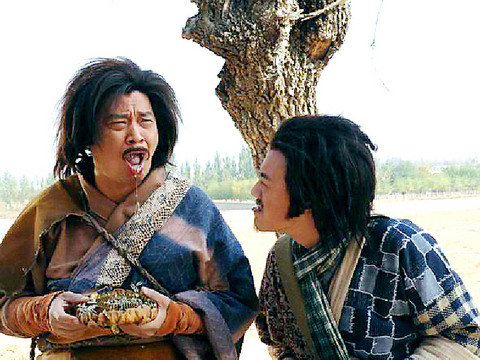
PHOTO COURTESY OF YEN-PING FILMS
In 2003 the National Palace Museum underwent a series of cultural exchange projects in hopes of refreshing its public image. One of them was a "visiting artists" program that invited international artists to visit Taiwan and the museum. The program inspired this PTS documentary.
Film director Wang Hsiao-ti (
Dutch animation filmmaker Gerrit van Dijk is known for his unique style, which uses collage and deformation of images. During his visit to the museum, he is especially intrigued with a Ming-dynasty block print, Stories of the West Chamber (
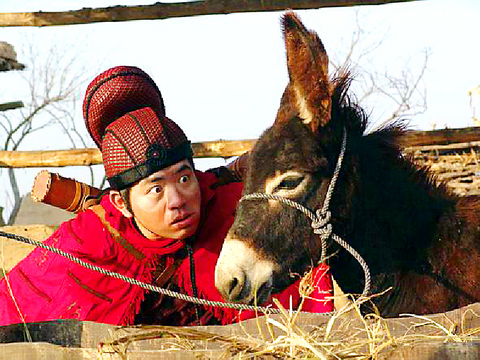
PHOTO COURTESY OF YEN-PING FILMS
Van Dijk praised the work as so refined that he found its execution centuries ago simply unbelievable. And his 40-second animation is made like an impressionist painting, inspired by the block print and also infused with his personal impressions of his Taiwan visit.
French pottery artist Jean Girel owns the title of Maitre d'Art, presented by the French National Committee of Art. Girel came to see the Soong-dynasty china that he had been longing to see. He was also impressed by the animal-shaped ornaments on the bronze wares of the Bronze Age that depict bears, horses and birds.
Apparently, Girel was moved by the spirit of ancient people worshiping the universe and nature. His pottery work, which was made in the studio of Taipei Teacher's College reflects such a spirit. It is graceful artwork, simulating the thick and solid quality of bronzeware and at the same time demonstrates an experimental variation of glazed colors.
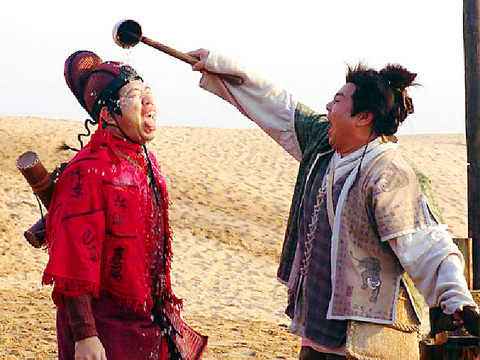
PHOTO COURTESY OF YEN-PING FILMS
As director Wang Hsiao-ti puts it, the relation between the collection pieces and the new artwork is the flow and transformation of creativity, and proves that such an old place like the Palace Museum can still generate new ideas and new creations.
The most valuable part of the film deals with seven architecture and design students and their works. Some were inspired by the art of calligraphy and invented a mechanism that looks like a huge writing brush. Others designed an imaginary world of plastic tubes that was inspired by Qing-dynasty snuff bottles.
From the young creative spirits shown in the film, Wang vividly paints a picture of those ancient collections being infused with new life. They no longer stay static in history but have become part of people's lives.
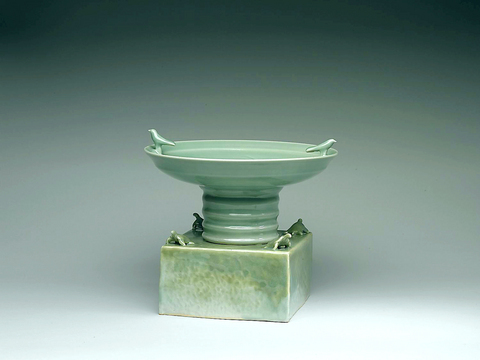
PHOTO COURTESY OF NATIONAL PALACE MUSEUM
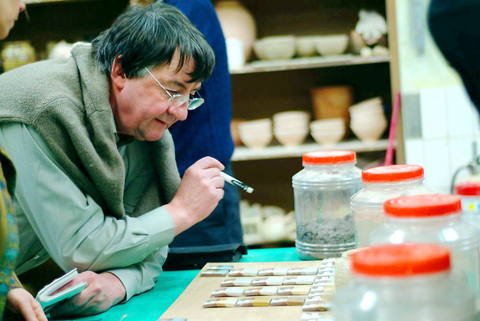
PHOTO COURTESY OF NATIONAL PALACE MUSEUM
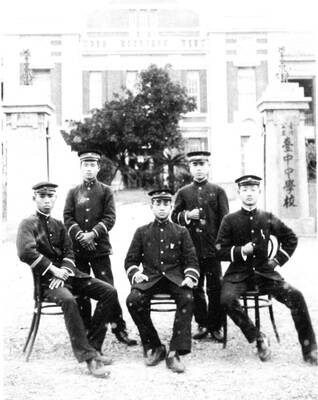
April 28 to May 4 During the Japanese colonial era, a city’s “first” high school typically served Japanese students, while Taiwanese attended the “second” high school. Only in Taichung was this reversed. That’s because when Taichung First High School opened its doors on May 1, 1915 to serve Taiwanese students who were previously barred from secondary education, it was the only high school in town. Former principal Hideo Azukisawa threatened to quit when the government in 1922 attempted to transfer the “first” designation to a new local high school for Japanese students, leading to this unusual situation. Prior to the Taichung First

The Ministry of Education last month proposed a nationwide ban on mobile devices in schools, aiming to curb concerns over student phone addiction. Under the revised regulation, which will take effect in August, teachers and schools will be required to collect mobile devices — including phones, laptops and wearables devices — for safekeeping during school hours, unless they are being used for educational purposes. For Chang Fong-ching (張鳳琴), the ban will have a positive impact. “It’s a good move,” says the professor in the department of
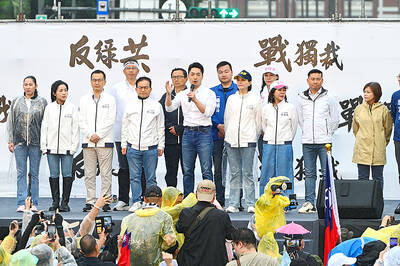
On April 17, Chinese Nationalist Party (KMT) Chairman Eric Chu (朱立倫) launched a bold campaign to revive and revitalize the KMT base by calling for an impromptu rally at the Taipei prosecutor’s offices to protest recent arrests of KMT recall campaigners over allegations of forgery and fraud involving signatures of dead voters. The protest had no time to apply for permits and was illegal, but that played into the sense of opposition grievance at alleged weaponization of the judiciary by the Democratic Progressive Party (DPP) to “annihilate” the opposition parties. Blamed for faltering recall campaigns and faced with a KMT chair
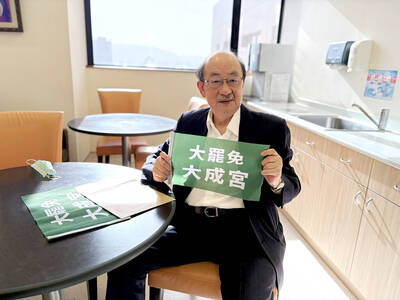
Article 2 of the Additional Articles of the Constitution of the Republic of China (中華民國憲法增修條文) stipulates that upon a vote of no confidence in the premier, the president can dissolve the legislature within 10 days. If the legislature is dissolved, a new legislative election must be held within 60 days, and the legislators’ terms will then be reckoned from that election. Two weeks ago Taipei Mayor Chiang Wan-an (蔣萬安) of the Chinese Nationalist Party (KMT) proposed that the legislature hold a vote of no confidence in the premier and dare the president to dissolve the legislature. The legislature is currently controlled